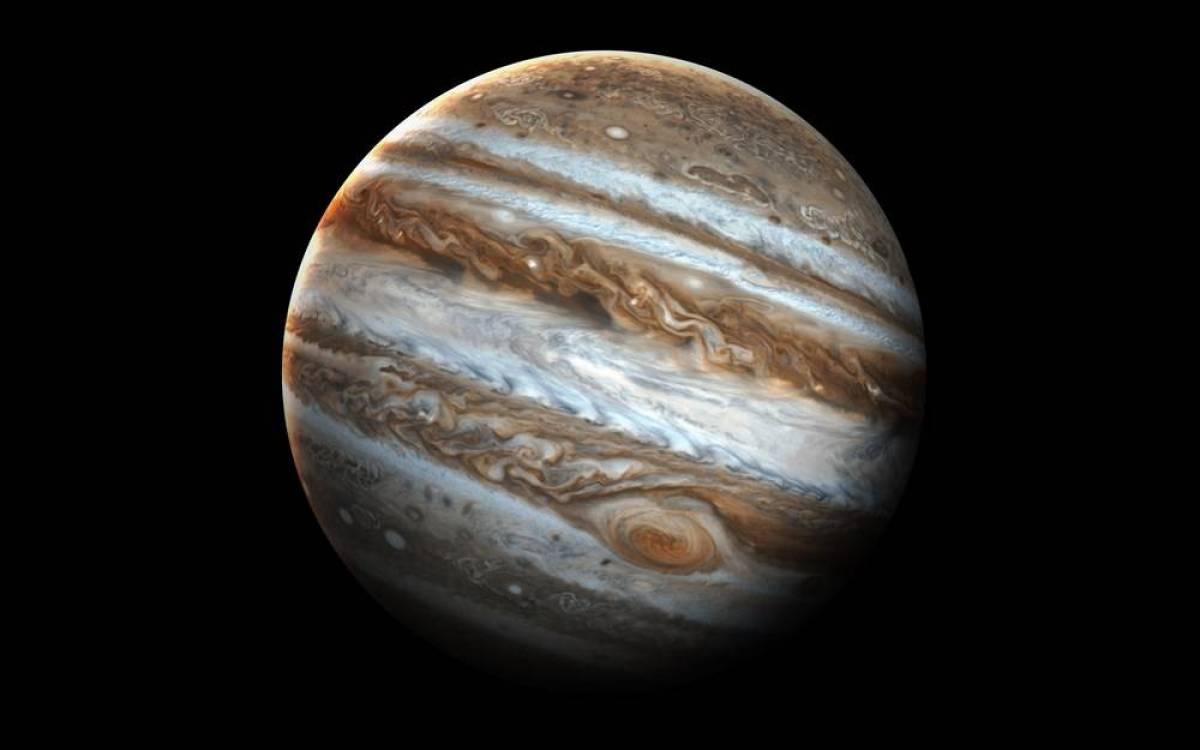Subscribe for free to Al Diyar channel on YouTube
Astrophysicists Adam Fenton and Dimitris Stamatelos, from the University of Central Lancashire, have made a discovery that highlights the myriad of different ways a planet grows in the turbulent disk of dust and gas orbiting a young star.
New simulations show that large planets that form very far from their host stars begin their lives not as a sphere, but as a flat, pancake-like disk — a shape called an oblate spheroid. As they rotate, these protoplanets gradually pull in material, eventually settling into the more familiar round shape of Jupiter.
When a star is born, it forms from a mass in a huge, dense cloud of gas and dust in space; This mass collapses under gravity and begins to rotate, and the material surrounding it forms a disk that wraps inside the young star and fuels its growth, according to a study published in the scientific journal “Science Alert”.
As for larger gas giants, scientists think something called disk instability may occur. This happens when the rapidly cooling disk around the star breaks into pieces that condense under gravity and form into planets.
“It was an extremely demanding computational project requiring half a million CPU hours at the DRAC (Distributed Research Using Advanced Computing) facility in the UK,” Fenton added. “But the results were amazing and worth the effort!”
